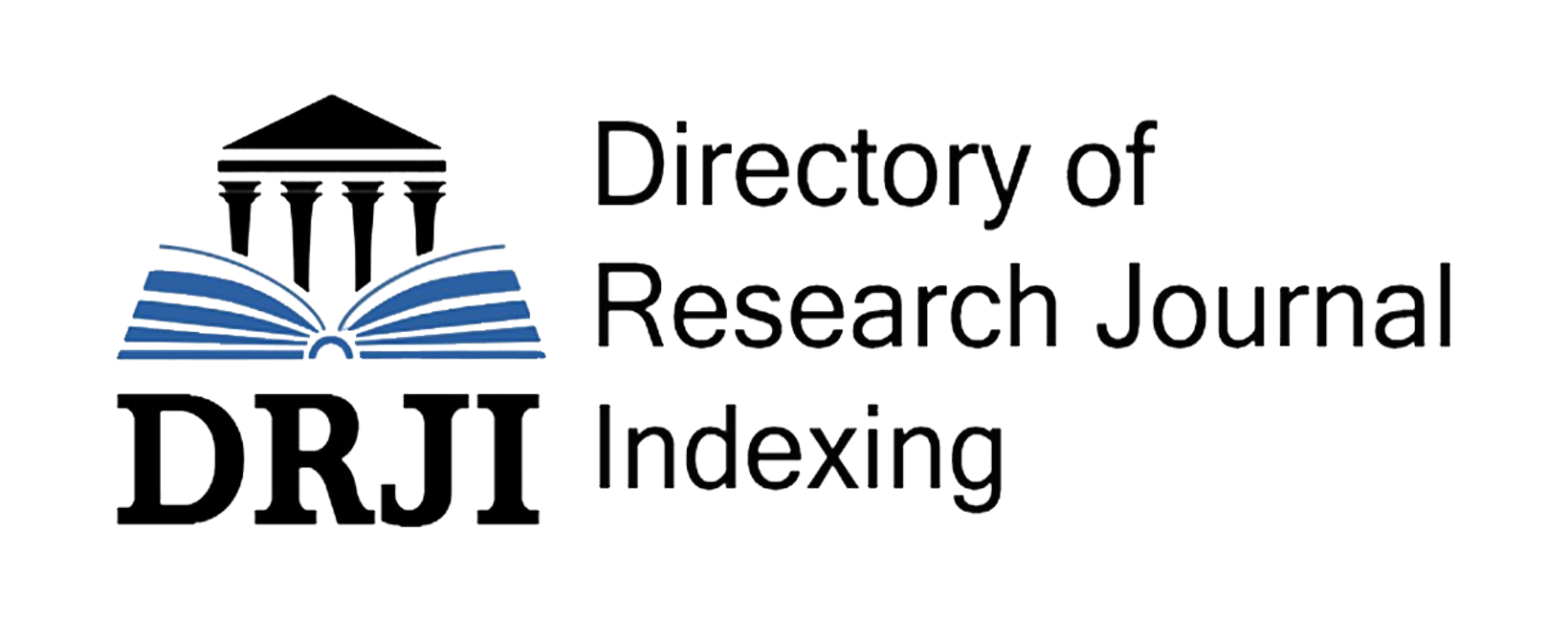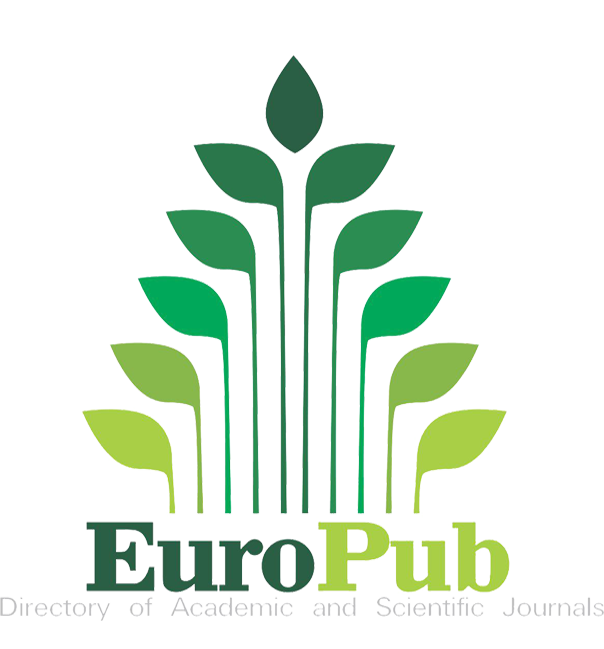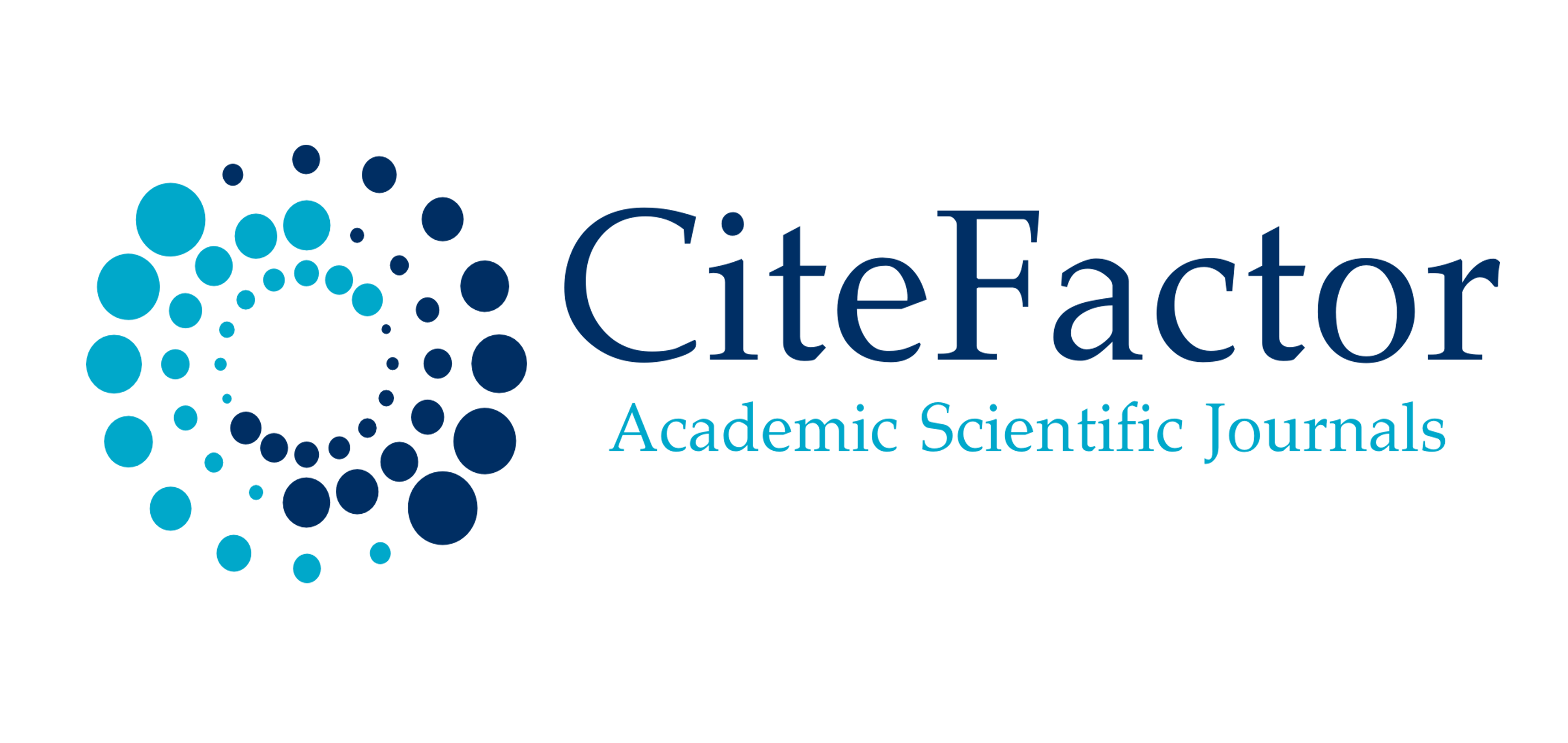4K TAMOYILI ASOSIDA O‘QUVCHILARNING QORAQALPOQ TILI FANIDAN KOLLOBORATIV KO‘NIKMALARINI RIVOJLANTIRISH PARADIGMASI
Abstract
Ushbu maqolada XXI asr ko‘nikmalarini rivojlantirish, K modeli ko‘nikmalarining turli sohalar va fanlarda ularning muhimligi, 4K tamoyili asosida o‘quvchilarning qoraqalpoq tili fanidan kolloborativ ko‘nikmalarini rivojlantirish masalalari haqida ma’lumot keltirilgan.
References
Heckman, J. J., & Kautz, T. (2013). Fostering and measuring skills: Interventions that improve character and cognition (No. w19656). National Bureau of Economic Research.
Lippman, L.H., Ryberg, R., Carney, R. and Moore, K.A. (2015). Key “Soft Skills” that Foster Youth Workforce Success: Toward a Consensus Across Fields. Washington, DC: USAID, FHI 360, Child Trends. Published through the Workforce Connections project managed by FHI 360 and funded by USAID.
Wacker J.G. A Definition of Theory: Research Guidelines for Different Theory-Building Research Methods in Operations Management // Journal of Operations Management. – 1998. – № 16 – P. 361-385. http://dx.doi.org/10.1016/S0272-6963(98)00019-9
Kao Y. Vygotsky’s theory of instruction and assessment: the implications on foreign language education. Dissertation. USA. – 2014. – 280 p.
4 навыка будущего | Сила Лиса (foxford.ru)
И. Б. Клак, РАЗВИТИЕ 4К-УМЕНИЙ УЧАЩИХСЯ С ИСПОЛЬЗОВАНИЕМ СЕРВИСОВ GOOGLE НА УРОКАХ ИСТОРИИ И ОБЩЕСТВОВЕДЕНИЯ
Сорина Г.В. Принятие решений как интеллектуальная деятельность: Монография. – М.: Гардарики, 2005. – 253 с
Yassin A.A., Razak N.A., Maasum N.R. Cooperative Learning: General and Theoretical Background // Advances in Social Sciences Research Journal. – 2018. – № 5(8) – P. 643.
Socratous M. (2014). The effects of cooperative learning arrangements on the social skills of pupils identified as having severe learning difficulties, who attend special primary schools. PhD dissertation. University of Exeter. – 2014. – P. 55.
Olsen R., Kagan S. About cooperative learning // In Kessler C. Cooperative Language Learning: A Teacher’s Resource Book. New York: Prentice Hall. – 1992. – P. 8.
Slavin R. Cooperative Learning: Theory, Research and Practice. 2nd ed. New York: Prentice Hall. – 1995. – 194
Щукина Г.И. Исследование активизatsiи учебно – познователной деятелности.// Советская педагогика. – 1983. – № 3. – Б. 36-37.
Garcia M. Ten important aspects of a 21st century foreign language teaching approach. // European Journal of Foreign Language Teaching. – 2021. – Vol 5 (5). – P. 1-19. doi: 10.46827/ejfl.v5i5.3834
Kagan, S. Cooperative Learning. San Juan Capistrano, Calif.: Kagan Cooperative Learning. – 1992. – 450 p
Wiederhold C. The Question Matrix // San Juan Capistrano, Calif. – 1995. – 284 p.
Wiederhold C. The Question Matrix // San Juan Capistrano, Calif. – 1995. – 284 p
Johnson D.W., Johnson R.T., Holubec I.J., Roy P. Circles of learning. Cooperation in the Classroom. Alexandria, VA: Association for Supervision and Curriculum Development. – 1984. – 14 p.
Rottier J., Ogan B.J. Cooperative learning in middle-level schools. Washington, DC: National Education Association. – 1991. – 112 p.
Ormrod J.E. Educational psychology: Principles and applications. Englewood Cliffs, NJ: Prentice-Hall. – 1995. – 662 p.
Kagan S., High J. Kagan structures for English language learners // ESL Magazine. The information source for ESL/EFL professional worldwide. – 2002. – P. 10.








